QuestionHi there,
I have three dalmatian mollies.One male and two female.We bought them at the petstore pregnant and that was 3 weeks ago.Some websites say 30 days and some say 30-60 days.SO WHEN ARE THEY GOING TO HAVE BABBIES?!?!
AnswerHey Madison,
This is a tricky question. I moved my female swordtails pregnant from Portland, Or. to LA, Ca. here, almost a month later, one still refuses to drop her fry. Usually, I'd assume 4-5 weeks from mating, about 2-3 from the point i notice she's pregnant.
Stress is the biggest delay factor in live bearers. The more you handle, net, confine, and change in the weeks of pregnancy, the longer it will take. If your water quality stays exellent for about a week at this point, she'll drop. If she feels the conditions are not right, she may choose to hold them in, or abort the pregnancy completely! Some fish are capable of doing that, and live bearers happen to be one type of fish who can. Also, if you base pregnancy on only the appearance of a gravid spot, she may not be pregnant at all! Some females develop that spot after first mating, so yours may not even be pregnant.
If your females are nice a plump, you clearly see a dark, defined gravid spot (black triangle above the anal fin) and you're positive they're in a late stage of pregnancy, here are some ways to coax the fry out.
First, raise the tank temperature to 78*f.
Next, increase vitamin intake: switch to brine shrimp and the bristly green tops of broccoli. Switch one food type per feeding. Thaw frozen peas and cut them up if broccoli is not avalible at home. Canned foods are not as good for fish, so try to avoid them. Feed flake if one of the two doesnt seem to work (not all fish like brine or veggies!). Once on a good feeding schedual, you can keep feeding the brine or broccoli 2-3 times a week, flake the rest and that will help keep breeding and mating habits up. With a good mating schedual, your females should spawn every 4-5 weeks.
Third, raise the salinity of the water to a healthy 1.005-1.015. Right now, due to the stress and unhealthy water conditions as result of my move, i have my tank at around 1.007. This seems to be about the healthiest level i've seen so far. A simple salinity test can be done to determine salt content. A salinity test kit includes a hydrometer. Most pet stores with a salt water section will do this test free. If your water tests at 0, add about 1 tablespoon of aquarium (yes aquarium only) salt to the tank per 10 gallons. Add only 1 tablespoon per day, or every other day.
Be warned: salt can kill snails and rapid changes (more then 1 tablespoon every 2 days) can kill sensitive fish. Once you've reached your 1 tablespoon per 10 gallon ratio, stop adding new salt. Test every 2-3 months, and adjust only as needed. Salt will not evaporate, and only gets removed via water change, so adding more may not be needed for months.
After food, water quality, and salts have been adjusted, be sure simple things are cared for. Make sure there are plenty of hiding places for the fry, as adults will likely eat them! (she could be holding back for that reason, or she could have dropped and had them eated already). Live plants, breeders grass, and other simple changes can be made to ensure healthy fry survive. It does not take much to have a successful drop, but placing a mother in a breeder's net (for me, anyway) does not seem to help much. With some simple little changes detailed in just about every site you read, you can make the tank suitable for a mother to drop, and within a week or so, you'll probably see results.
Also, beware of loaches, barbs, angles, cichlids, oscars, other live bearers, etc. Fish that have a history of eating other smaller fish are going to eat the fry as well.
Hope all this helps, best wishes!

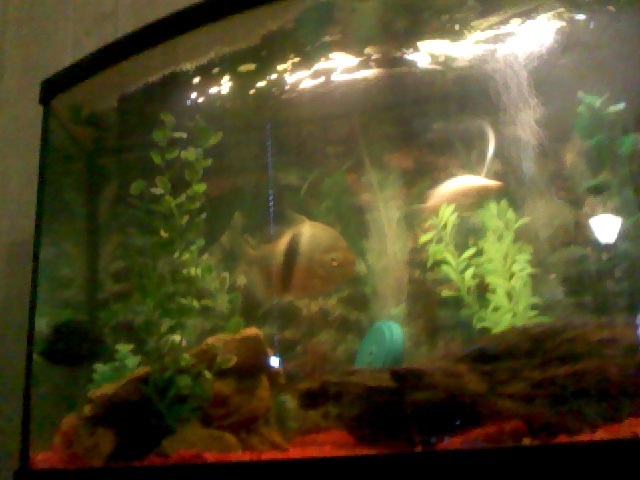 46 gallon tank
Questionmy tank
QUESTION: hello in my tank I use
46 gallon tank
Questionmy tank
QUESTION: hello in my tank I use
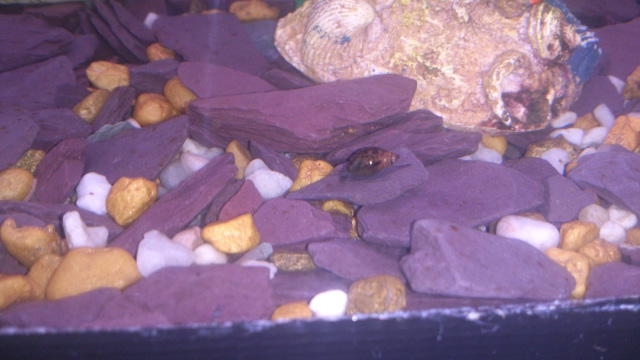 snails
Question
snail
Hi
I have recently set up my aqua
snails
Question
snail
Hi
I have recently set up my aqua
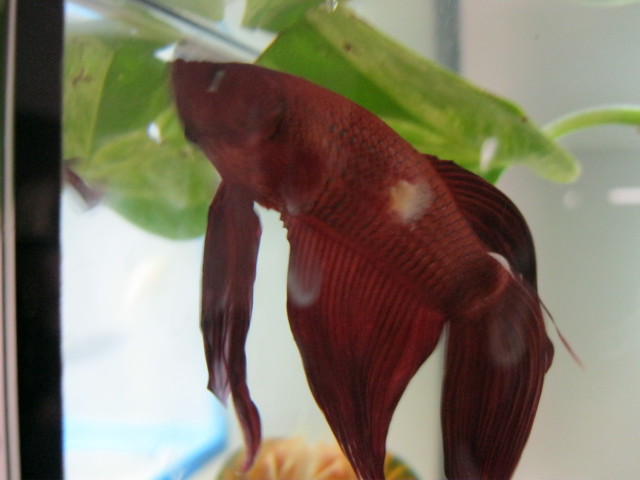 Sick Beta - open wound on side, sinking to bottom of tank
Question
Beta Fish 7 month old
I never thought I
Sick Beta - open wound on side, sinking to bottom of tank
Question
Beta Fish 7 month old
I never thought I
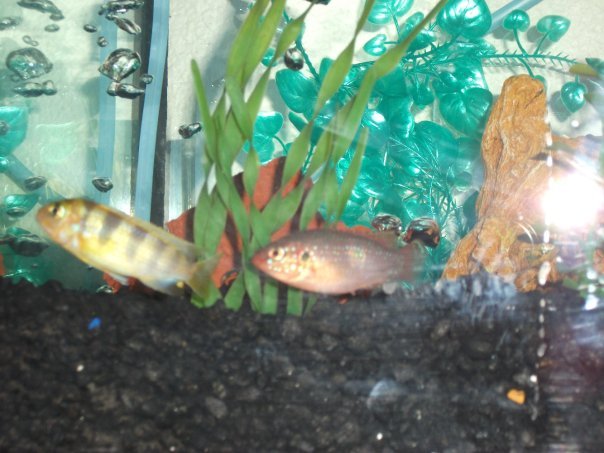 Identifying a fish
Question
Unknown cichlid
Richard, I have searched and s
Identifying a fish
Question
Unknown cichlid
Richard, I have searched and s
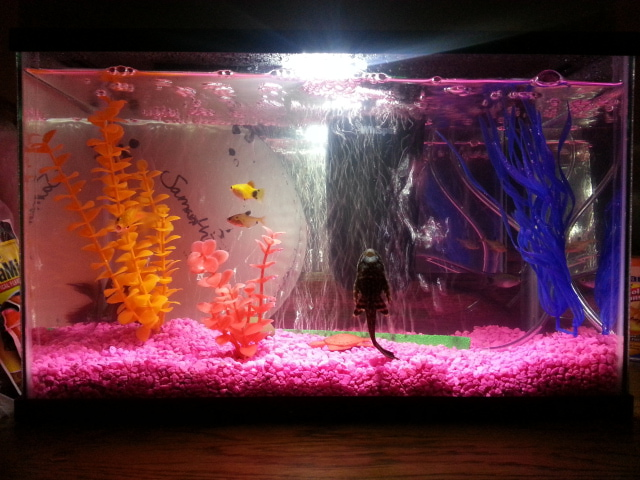 help! I have a new 5 gal tank & too many fish, I think
Question
aquarium
My daughter won 2 goldfish at
help! I have a new 5 gal tank & too many fish, I think
Question
aquarium
My daughter won 2 goldfish at